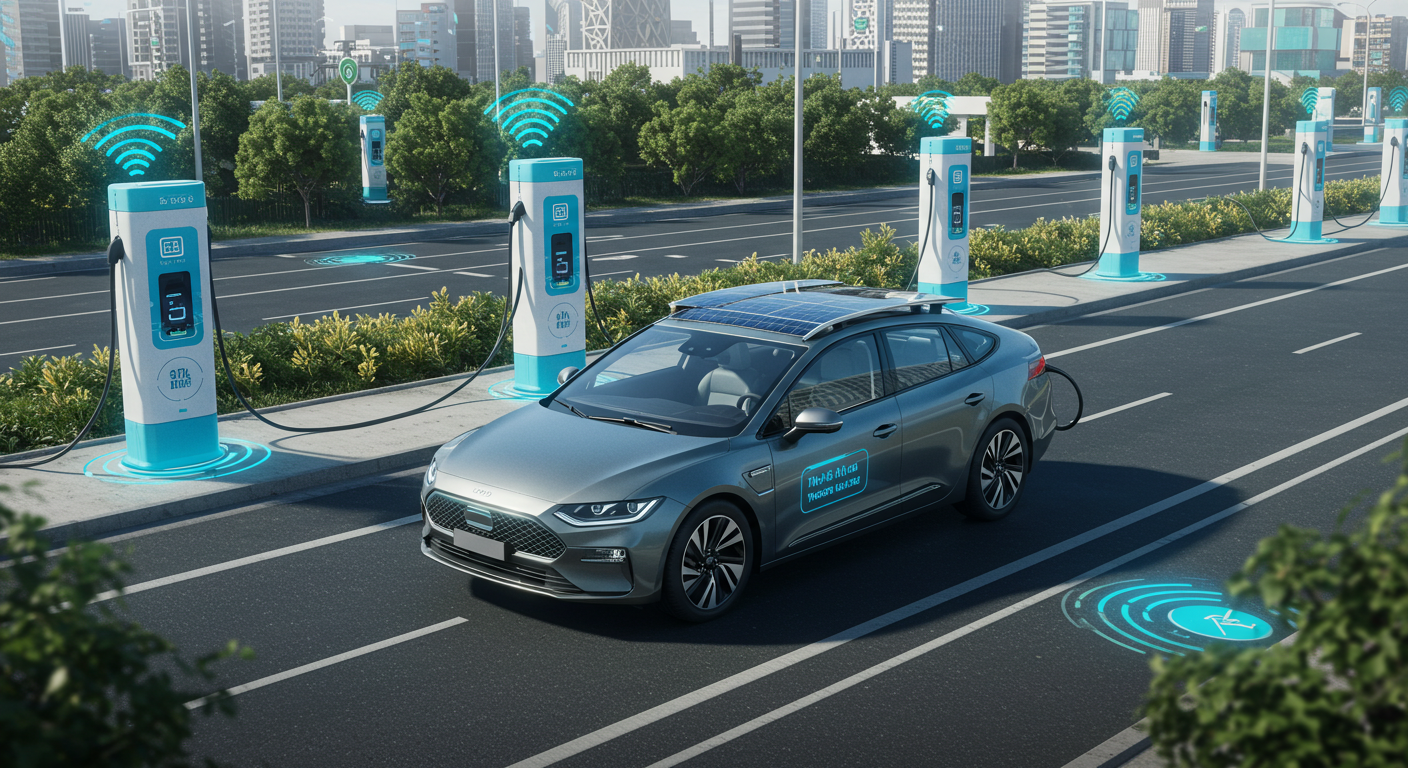
The Intersection of Electric Vehicles and Autonomous Driving: Opportunities and Challenges for the Next Decade
The Intersection of Electric Vehicles and Autonomous Driving Exploring opportunities and challenges for the next decade of sustainable, autonomous mobility The automotive industry is undergoing a profound transformation, driven by two revolutionary technologies: electric vehicles (EVs) and autonomous driving (AD). As we look to the next decade, the convergence of these innovations promises to reshape transportation, offering unprecedented opportunities while presenting signific




